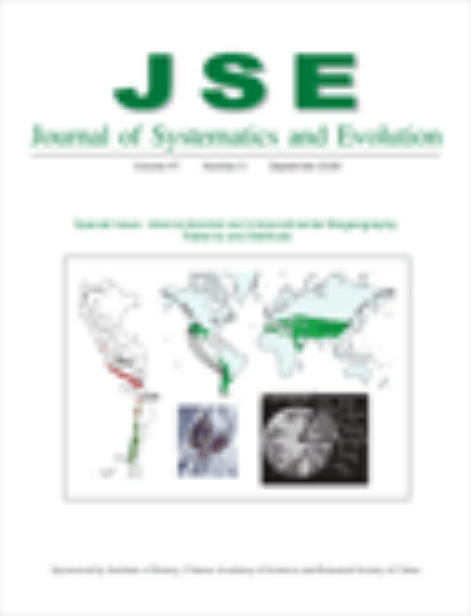

Recent years have witnessed a proliferation of quantitative methods for biogeographic inference. In particular, novel parametric approaches represent exciting new opportunities for the study of range evolution. Here, we review a selection of current methods for biogeographic analysis and discuss their respective properties. These methods include generalized parsimony approaches, weighted ancestral area analysis, dispersal–vicariance analysis, the dispersal–extinction–cladogenesis model and other maximum likelihood approaches, and Bayesian stochastic mapping of ancestral ranges, including a novel approach to inferring range evolution in the context of island biogeography. Some of these methods were developed specifically for problems of ancestral range reconstruction, whereas others were designed for more general problems of character state reconstruction and subsequently applied to the study of ancestral ranges. Methods for reconstructing ancestral history on a phylogenetic tree differ not only in the types of ancestral range states that are allowed, but also in the various historical events that may change the ancestral ranges. We explore how the form of allowed ancestral ranges and allowed transitions can both affect the outcome of ancestral range estimation. Finally, we mention some promising avenues for future work in the development of model-based approaches to biogeographic analysis.
The Hengduan Mountains region of south-west China is a noted biodiversity hotspot, but the geographic origins and historical assembly of its rich endemic flora, including the sky-island species of Solms-laubachia Muschl. (Brassicaceae), have been little studied. Previous molecular studies on the phylogeny of Solms-laubachia showed it to be paraphyletic, leading to considerable expansion not only of its taxonomic limits, but also its geographic range, with the inclusion of taxa from outside the Hengduan region. However, these studies provided little resolution of interspecific relationships, preventing inferences about historical biogeography within the clade. In this study, new sequence data from two nuclear genes (LEAFY and G3pdh) and two chloroplast intergenic spacers (petN-psbM and psbM-trnD) were combined with existing markers to increase phylogenetic signal. Phaeonychium villosum (Maxim.) Al-Shehbaz was found to be nested within Solms-laubachia s.l. In general, phylogenetic relationships appear to be a good predictor of geography, with the Hengduan Mountain endemics embedded in a paraphyletic grade of species from the western Himalayas and central Asia, but also imply morphological homoplasy. Incongruence was detected between the nuclear and chloroplast gene trees, perhaps resulting from incomplete lineage sorting of ancestral polymorphisms. The crown age of Solms-laubachia s.l. was estimated to be around 1.42–3.68 million years ago, using Bayesian relaxed molecular clock analysis. Historical biogeographic analysis using a parametric dispersal-extinction-cladogenesis model inferred central Asia and the western Himalayas as most probable ancestral range of Solms-laubachia s.l., and estimated higher rates of eastward expansion than westward during the diversification of descendant lineages. In sum, our results suggest that Solms-laubachia s.l. originated during the Pliocene in central Asia, and subsequently migrated eastward into the Hengduan Mountains, colonizing sky-island, alpine scree-slope habitats that may have provided novel ecological opportunity and accelerated speciation, ultimately establishing this region as the present center of diversity of the genus.